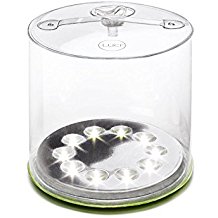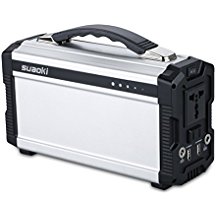This is an old revision of the document!
Table of Contents
Getting started
Getting started it easy; it doesn't require money, skills, or fancy equipment.
the mental preparation
the build
It doesn't take much to get started. There are a few reasons for this:
- it is common wisdom in the vandwelling community that it is cheapest to “start with what you got”. Have a car, or pickup, or van, or something else? Start there.
- real world testing will realign one's daydreams with reality. You can start with an overnight in your driveway, then an overnight somewhere else. Weekend in the driveway, weekend somewhere else. Maybe a weeklong jaunt.
- building a van or car out is an iterative process: do something, try it out. Change it, try it out. Rinse and repeat.
survival build
You are suddenly homeless, are outrunning a hurricane, etc.
- cellphone with charger
- car charger for cellphone, preferably one with generic USB outlets
- bedding: blanket, pad, and/or sleeping bag.
- pee bottle: wide mouth Gatorade or similar for men, widemouth jar (or https://amzn.to/2GEgBIkgo girl device + bottle) for women
- poop emergencies - kitchen sized trash bags, toilet paper, baby wipes
- a can opener
survival + power
Some cars have USB outlets that are powered when the vehicle is not turned on. Others require the key to be in the accessory position, which can quickly drain the starter battery.
 The cheapest way to have a bit of power for charging and running USB loads is with a small/handheld power bank. They are small, charged from USB outlet, and can usually charge a phone or run something tiny like a personal fan.
The cheapest way to have a bit of power for charging and running USB loads is with a small/handheld power bank. They are small, charged from USB outlet, and can usually charge a phone or run something tiny like a personal fan.
If you want to charge phones or a laptop without the ignition on, you can pick up a lithium "power station" and charge it when you stop for a sit-down meal, coffee, or anywhere else with an electrical receptical. This type of unit charges very well from an outlet, ok from solar, and poorly from a ciggy lighter socket unless you are driving.
A backpack and extension cord come in handy for smaller units; you can put the battery in the backpack and run the extension plug to the wall. No one needs to know you are charging a pack.
Larger units will be able to power CPAP and similar devices.
a literary example
In Blue Highway, the author described his functional gear like this:
I had what I needed for now, much of it stowed under the wooden bunk:
1 sleeping bag and blanket;
1 Coleman cooler…;
1 Rubbermaid basin and a plastic gallon jug (the sink);
1 Sears, Roebuck portable toilet;
1 Optimus 8R white gas cook stove (hardly bigger than a can of beans);
1 knapsack of utensils, a pot, a skillet;
1 U.S. Navy seabag of clothes;
1 tool kit…
 In modern terms this might be:
In modern terms this might be:
- bed platform, sleeping bag
- water for drinking/cooking/hygiene
- utensils
- propane camping stove
- a couple change of clothes (especially socks and underwear)
- a pee bottle
- trash bags and a bucket.


